KUALA LUMPUR, Nov 7 – Hakka food was never big on my radar growing up. My family is Cantonese so there were a lot of clear soups and steamed fish at our dinner table.
My relatives on my mother’s side are Hokkien so my maternal grandmother’s misua, thin and starchy, and frog legs braised in wine (my maternal grandfather was a fishmonger) were other childhood highlights.
But as I reached adulthood and moved to KL, and travelled the world, more and more of other regional Chinese cuisines revealed themselves to me.
Sitiawan-style Fook Chow favourites such as sour and spicy fish maw. Delicate xiān lù dòufu sī ("Shredded Hundred Leaves Tofu”), a staple of Huaiyang cuisine, and ròumò qiézi (minced pork with eggplant), a Sichuan classic.
It has been a tasty journey of discovery.
Yet the most surprising (and perhaps the most underrated) regional Chinese cuisine for me has been Hakka food. Here are a few of my favourites.
One key trait of Hakka cuisine is its emphasis on texture. Little wonder, then, that I would fall in love with suan panzi or Hakka abacus beads.
Traditionally made from a blend of yam (or taro) and tapioca flour, this dish is thus named due to its resemblance to the wooden beads of an abacus (the ancient Chinese calculator, invented centuries before its modern electronic counterpart).
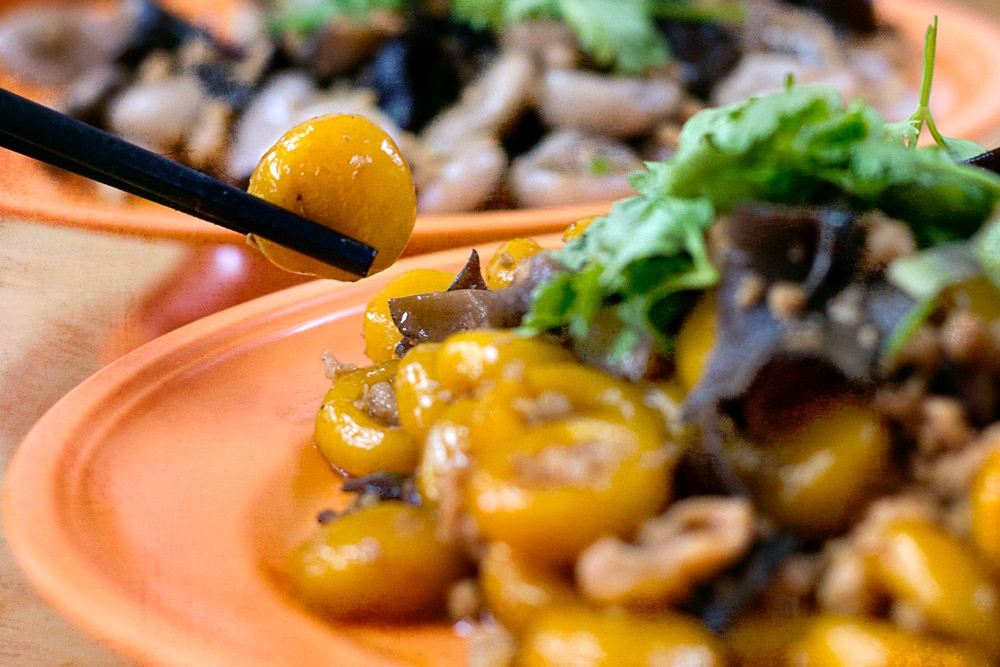
As it’s made by hand, this is a labour-intensive dish. Besides the conventional taro, suan panzi is sometimes made from pumpkin; the former is more flavourful while the latter has a chewier texture.
These abacus beads, pressed from long cylinders of dough into discs using the thumb, are first boiled before being stir fried with pork, mushrooms, black wood fungus, cuttlefish and shrimp paste. The result, full of wok hei, is absolutely irresistible.
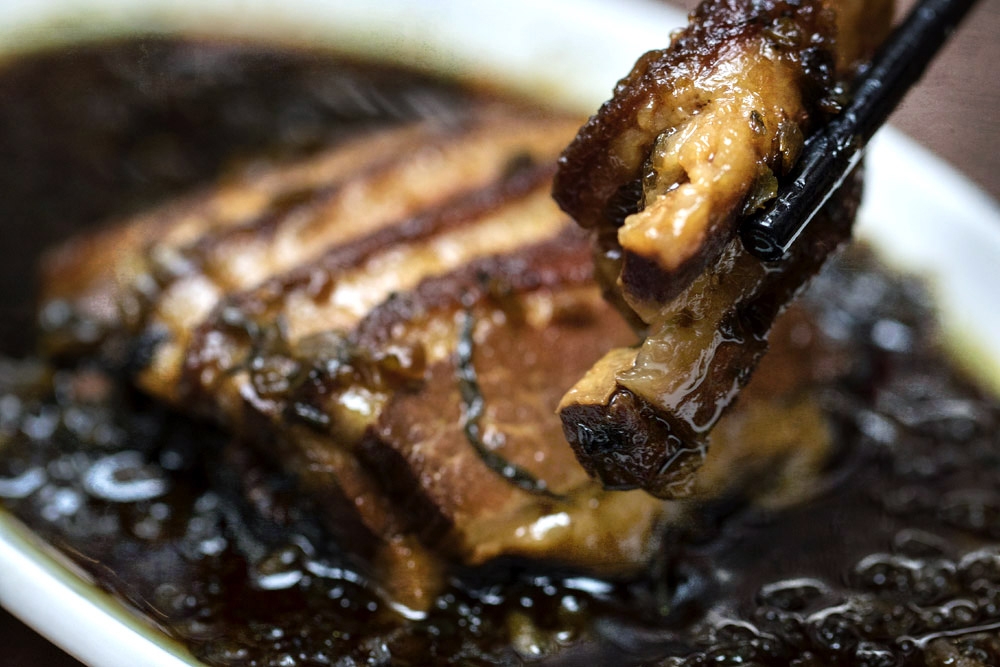
Another Hakka classic is kiu nyuk or Hakka braised pork belly. There are, in fact, two varieties of kiu nyuk (also known as kòu ròu in Mandarin).
The first, which pairs the thick slices of pork belly with méi cài, a dry pickled Chinese mustard commonly used in Hakka cuisine, has a more fermented and salty-sour flavour. Slick with a sweet dark gravy made with sugar and soy sauce, this is the kiu nyuk many of my Hakka friends grew up with.
The second layers the pork belly with thick wedges of yam or taro. Steamed with rice wine and five-spice powder, this rendition is deeply aromatic. Simple yet satisfying, perfect with a bowl or two of steamed white rice.
Perhaps the most famous Hakka dish is yong tau foo. Originally these are pieces of tofu stuffed with minced pork which are typically fried. Part of its name comes from nyong (later simplified as yong), the Hakka word for stuffing the tofu with the meat filling.
In Malaysia, where our coastal regions offer a bounty of seafood, the Hakkas have taken advantage of this bounty, first using a mix of pork and fish paste for the filling, and later settling on a pure fish paste filling.
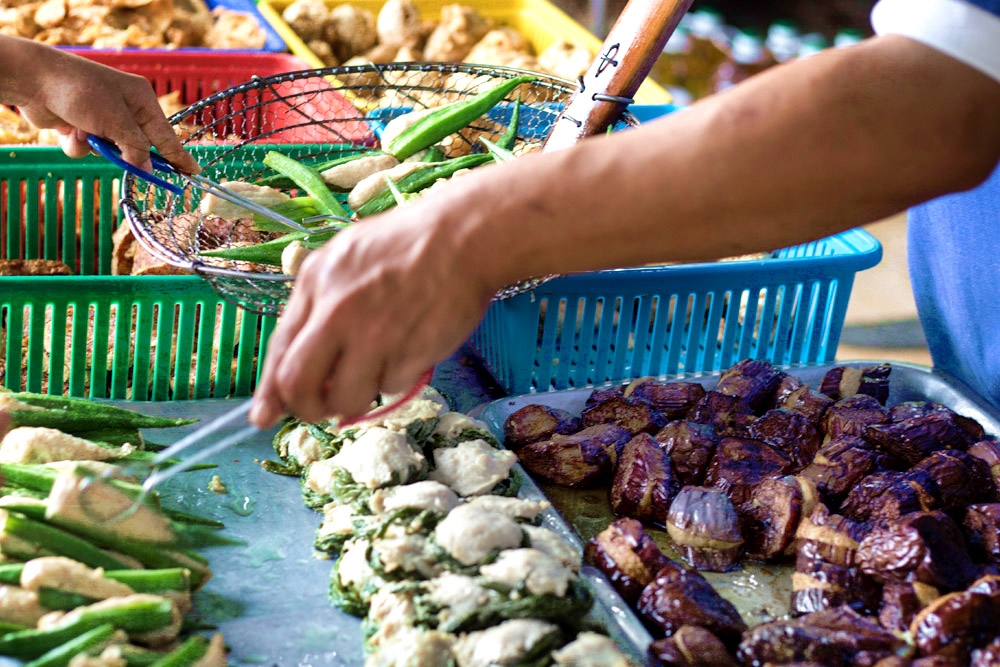
What’s more, it’s a delicious dilemma figuring out which of your favourite pieces of yong tau foo you desire. Stuffed red chillies, green lady’s fingers and purple eggplant and bitter gourd. Crispy wafers of fu chok (fried tofu skin) and thick rounds of bitter gourd.
Would you like these warmed in soup? Some certainly prefer yong tau foo that way. For others (myself included), deep-fried yong tau foo is the way to go, all the better to enjoy the delectable crunch.
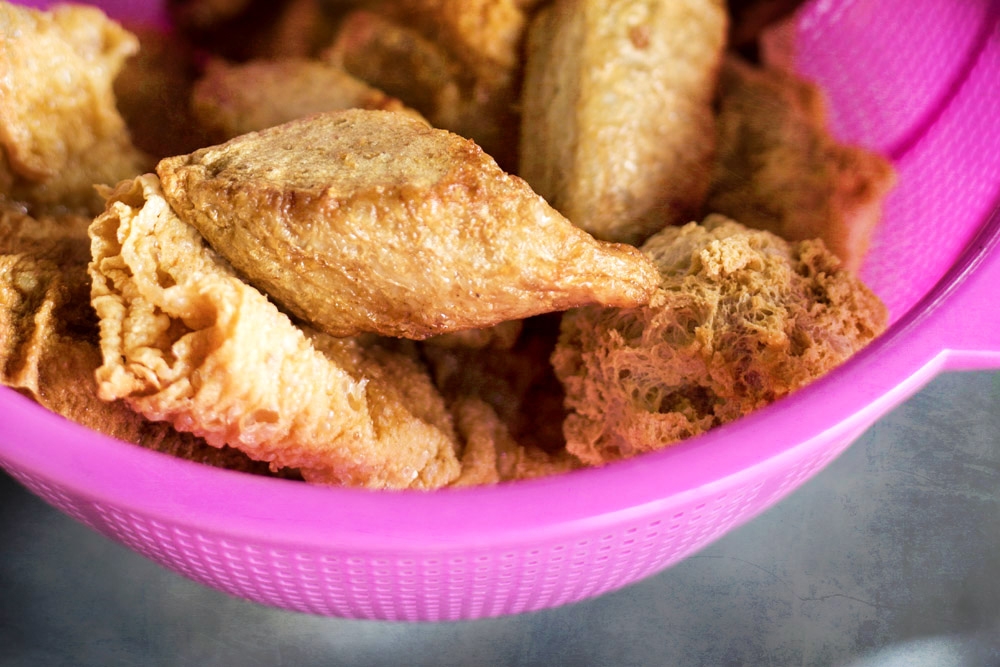
I have to be honest, however. As I get older, I have been trying to eat less of the deep-fried goodies, as enticing as they are. Eating healthy is the ambition of the aged and repentant (or, if you’re like me, it’s the thought of doing better with one’s nutritional intake that counts, surely?).
Even here, Hakka food has provided a solution. My new go-to health food is a bowl of lei cha. Also known as "thunder tea”, this is a traditional Hakka dish made from ground tea leaves, mint leaves, coriander leaves, as well as roasted peanuts, sesame seeds and salt.
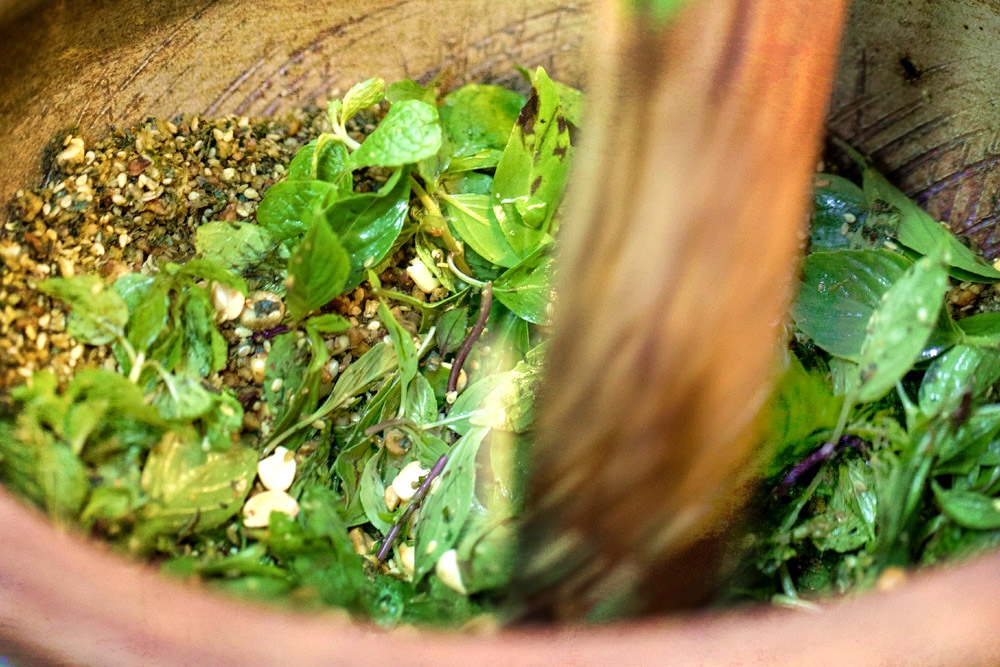
Again, as with the aforementioned abacus beads, lei cha is a labour-intensive dish. To make lei cha, one has to pound the fresh leaves, nuts and seeds into a thick, unctuous paste that is later diluted with hot water to create a nourishing and bright green broth.
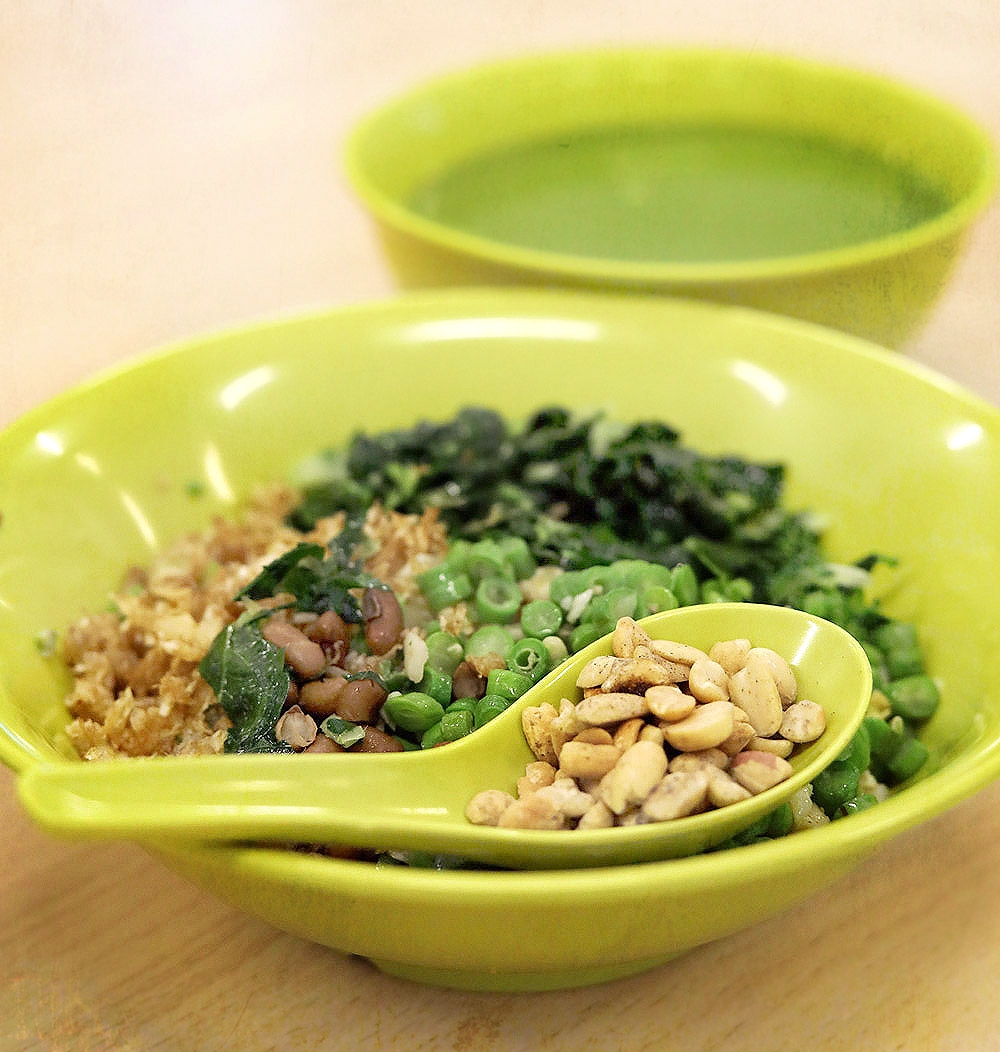
This bowl of green goodness is typically accompanied by another bowl of rice, deep fried jiǔcéngtǎ ("nine-layered pagoda” or Chinese basil), stir fried long beans, preserved turnips and topped with a spoonful of roasted peanuts.
Here comes the fun part: one partakes of lei cha at one’s own pace. Some pour the "wet” over the "dry” bit by bit, creating a verdant gruel of varying consistency. Others, perhaps less patient, mix the components together from the start, preferring a sort of rice soup.
There is, if I may, no right or wrong method. Either approach will fill your belly with plenty of heart-healthy fibre and the soul-soothing notion that you are leading a better life already. Or, at the very least, a rather appetising one.
For more slice-of-life stories, visit lifeforbeginners.com.
* Follow us on Instagram @eatdrinkmm for more food gems






















